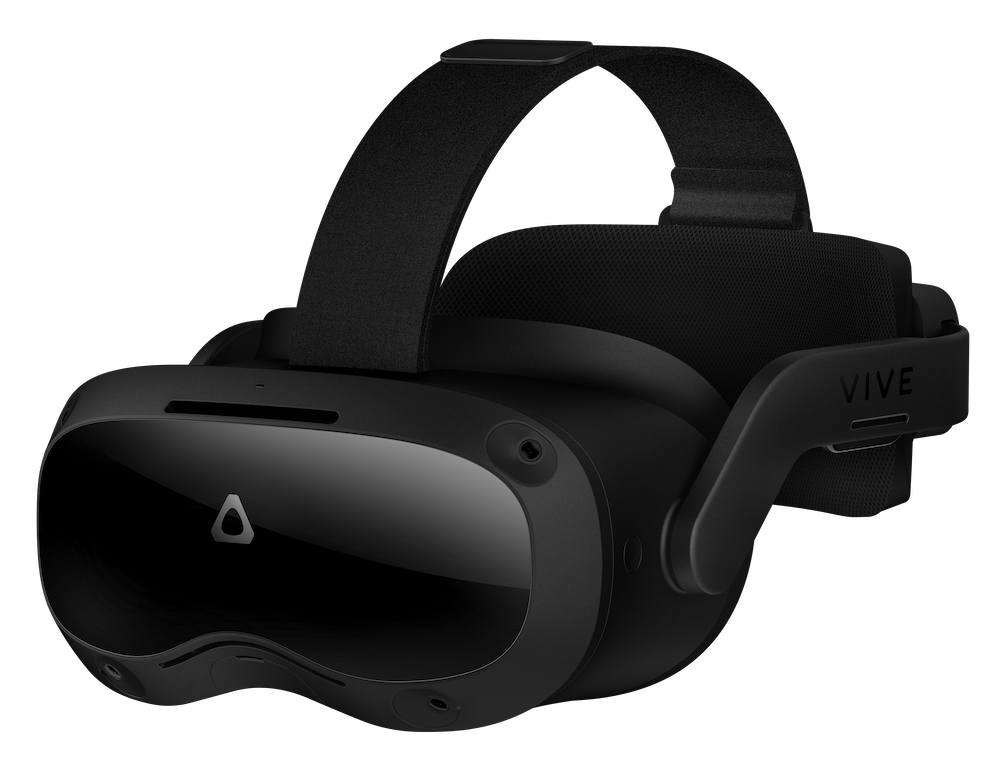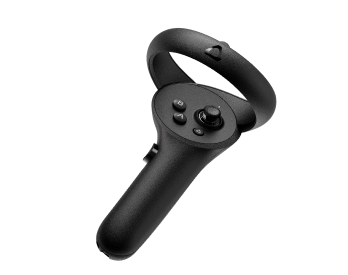As in any operating room environment, or classroom for that matter, one of the most critical areas to pay attention to is sanitization. Running a VR training program means that sharing is often involved. There’s no getting around the fact that everyone is covered in sweat and oil. Because of this, it’s important to keep the headsets as clean as possible.
Before we dive into VR cleaning and sanitization accessories, I think it’s important to talk about the process first. Like with anything else in an operating room environment, it’s important to have a process in place. Many of our PeriopSim Educators will have their learners scrub in before going into VR. Simple steps such as:
- Have learners wash their hands before using the headset(s) or handling any shared equipment.
- Clean devices (headset, controllers, and other elements that people have touched) between each use with non-abrasive anti-bacterial wipes, and use a dry microfiber cloth to clean the lenses. Alcohol wipes should NEVER be used on lenses since they can damage them, but they may only be used on other headset components.
- Let equipment completely air dry after cleaning and before the next use (at least 10 minutes). If possible use another headset or controller while the equipment fully air dries.
When it comes to VR accessories, VR face masks are commonly used. They are disposable masks that create a protective layer between the headset and the face. They are usually made from cotton and are worn on the face before putting on a VR headset. The masks are easy to use and will work with any VR headset on the market. The masks are usually purchased in quantities of 50 to 100 and are relatively inexpensive.
Often used in combination with eye masks are VR headset covers. They are usually made from high-quality, medical-grade silicone which covers the original foam gasket on VR headsets and/or hand controllers. They stop sweat from soaking through and keep the foam from getting worn out from regular use.
Headset manufacturers are now engineering headsets with replaceable gaskets, allowing you to utilize multiple gaskets and swap them out. This is especially handy if you have a UV-C lightbox to sanitize VR headsets and/or components. UV-C lightboxes can range in size, from cleaning an entire headset or just big enough to clean only a face gasket and maybe a rear cover simultaneously.
A headset or its components can be cleaned in as little as 60 seconds, and research has shown that UV-C light can kill 99.9% of bacteria and viruses on a VR headset. An advantage to using UV-C light to sanitize VR headsets and peripherals is that there is no damage to the hardware and it is also more environmentally friendly than using disposable covers. It is also the safest – but the most expensive way to guarantee the sanitization of a VR headset.
Regardless of the tools you choose or the budget you have to work with, simple measures along with a solid and thorough process can ensure a safe and clean experience for everyone learning with VR headsets.



